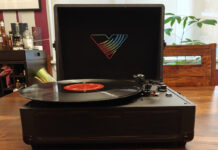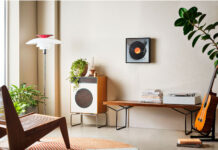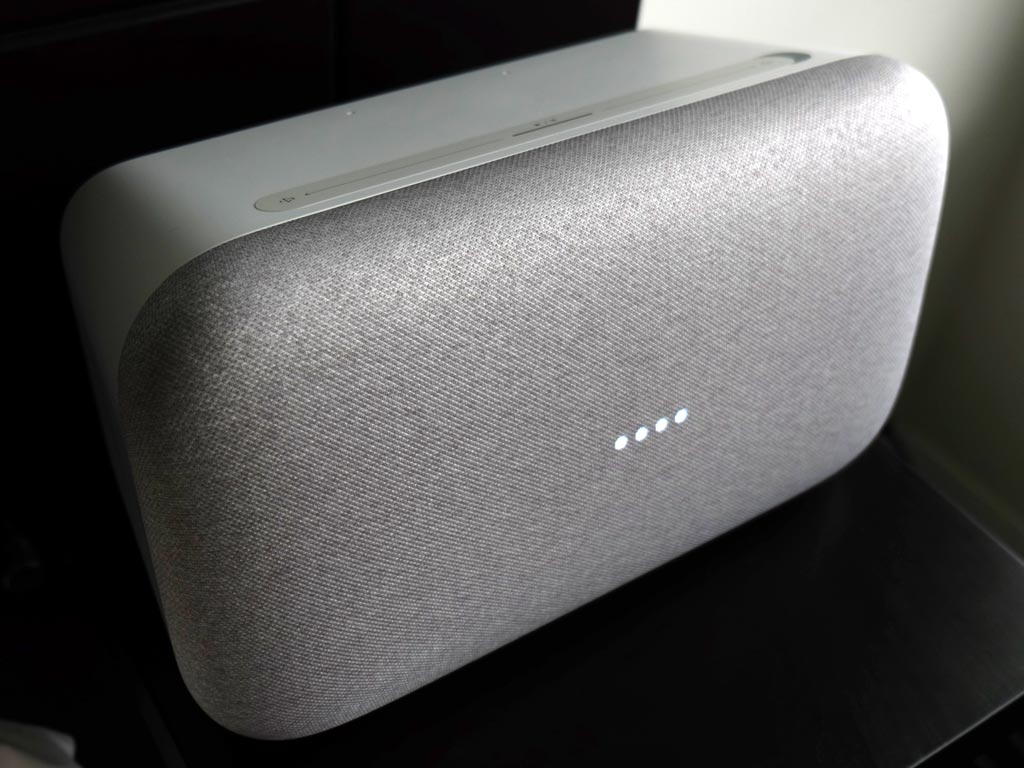
Google has gone big with the Google Home Max, a bigger speaker that not only makes Google Assistant speak louder, but also plays music with some impressive clarity.
The Max is the latest to enter what is fast becoming a connected Google Home family of devices. First, we had the original Home, which was a modest speaker that introduced the smart virtual assistant into the home. Then came the Home Mini, which miniaturized the concept to a pebble-shaped form factor and easier point of entry for those curious to try Google’s assistant.
This model is noticeably different from the other two in a variety of ways. Yes, the size is the most obvious, but it’s the Max’s audio performance that resonates most because the power inside is put to good use.
Home Max design
Google maintained many of the same design principles, making it visually obvious which family of devices this speaker belongs to. The colour choices—chalk or charcoal—are neutral enough to fit in any décor, and they essentially mirror what Google did with the Mini.
To prove its power, Google put two 4.5-inch woofers and two 0.7-inch tweeters, coupled with six Class-D amplifiers and six far-field microphones. On the outside, there are touch controls at the top, plus a few ports in the back—Aux-In, USB-C and the power adapter—plus a manual switch to mute the microphones.
That the Home Max weighs 12 pounds is going to be noticeable anytime you have to move or lift the thing, but its footprint requires some thought over where exactly to put it. Google designed it to function either horizontally or vertically, though I suggest the former because that plays audio in stereo. Go upright, and it switches to mono. I just made sure to use the included magnetic pad to rest it on.
The reason for the orientation option is not just aesthetic, but also functional, given that two Home Max speakers can pair together to create a left and right stereo setup. I didn’t get the chance to do that, so can’t comment on how well it works or sounds.
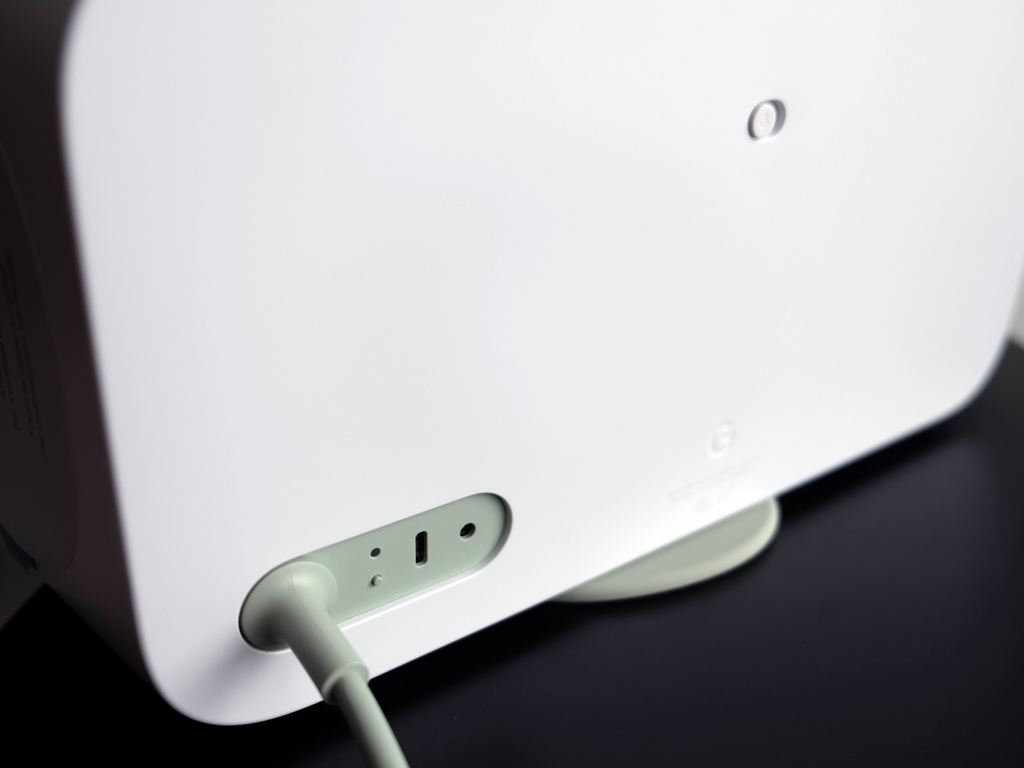
Setup
Setting up the Home Max was really no different than any of the other Home products through the Google Home App on Android or iOS. The app saw the device, I connected it to my Wi-Fi network, named it, trained my voice to it, and it was done.
Being a smart speaker, the Home Max is no different in controlling smart home products as its siblings do. Not to mention streaming music services and other Cast-enabled devices.
If you’re adding the Max to an existing Home setup, meaning you’ve already set up and deployed an original Home or Mini, then you don’t need to do much to bring it in line with everything. Controlling whatever lights or smart devices you linked on the Home App applies the same way. Say “Hey, Google,” or “OK, Google,” and issue the command.
Music services are still limited to Google Play Music and Spotify, so voice commands especially benefit those two. You can also manually select the speaker directly from either app as well.
Pairing it via Bluetooth is also very easy. Simply saying, “Hey Google, Bluetooth pairing,” is all I needed to do to put it in pairing mode. Once done, I could play music from any source on my phone, tablet, or computer wirelessly to the Home Max.
Smart Sound
This is a key feature within the Home Max, but it has no “on” or “off” switch, so to speak. Since Google is positioning this as a serious music speaker, it is using artificial intelligence (AI) algorithms to measure the space it’s in.
How does it do that? Through the six microphones. The key to this is that Smart Sound is supposed to know not only the space, but also where it was positioned in that space. Move it around, and it’s designed to adjust automatically.
There is no visual way to affirm it when it happens. The app has no indicator, and Google Assistant doesn’t acknowledge it with any virtual measuring stick. Your ears are the ultimate judge. In my testing, I couldn’t say for certain that any major adjustment was made. Was it because the work had already been done, or that it wasn’t a major difference? I couldn’t be sure either way.
Audio quality
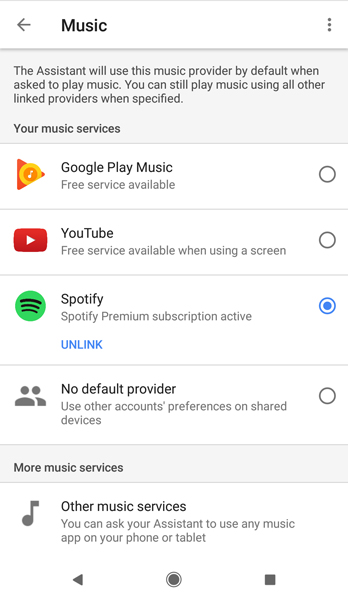 It didn’t take long for me to conclude the Home Max packs in very good sound. This isn’t a run-of-the-mill speaker. It plays crisply, with nary a hint of crippling distortion or muddy portions of the audio spectrum.
It didn’t take long for me to conclude the Home Max packs in very good sound. This isn’t a run-of-the-mill speaker. It plays crisply, with nary a hint of crippling distortion or muddy portions of the audio spectrum.
I recognize sound is so inherently subjective, but I have a hard time seeing the average listener dismissing this unit as subpar. It can get loud in short order, and it stayed clearer at louder volumes than I expected.
Bass lovers will appreciate the thump the Home Max delivers—and without sacrificing the other elements in the spectrum. The result is balanced sound that comes off impressively resonant for a standalone speaker. It’s also nicely agnostic toward different musical genres, so if you’re into piano jazz or old school hip hop, the sound coming out doesn’t discriminate either way.
I noted placement earlier, as far as where you can put it, and to me, the Home Max needs to be in a room where you can let it play a little louder. It might be overkill in the bedroom or kitchen, but in fairness, I don’t see either of the other two Home speakers as music alternatives that way. If you need a smaller speaker with smart features built-in, the Sonos One certainly comes to mind.
In fact, two Sonos Ones paired together for a left and right stereo setup costs the same as one Home Max. Unquestionably, the dual setup sounds better than what the Max can do. Hardly a surprise, though, since the Sonos One is already very good, and two together just boosts the sound signature even further.
That the Sonos One supports Amazon’s Alexa—and soon—Google Assistant adds extra credit to such a setup.
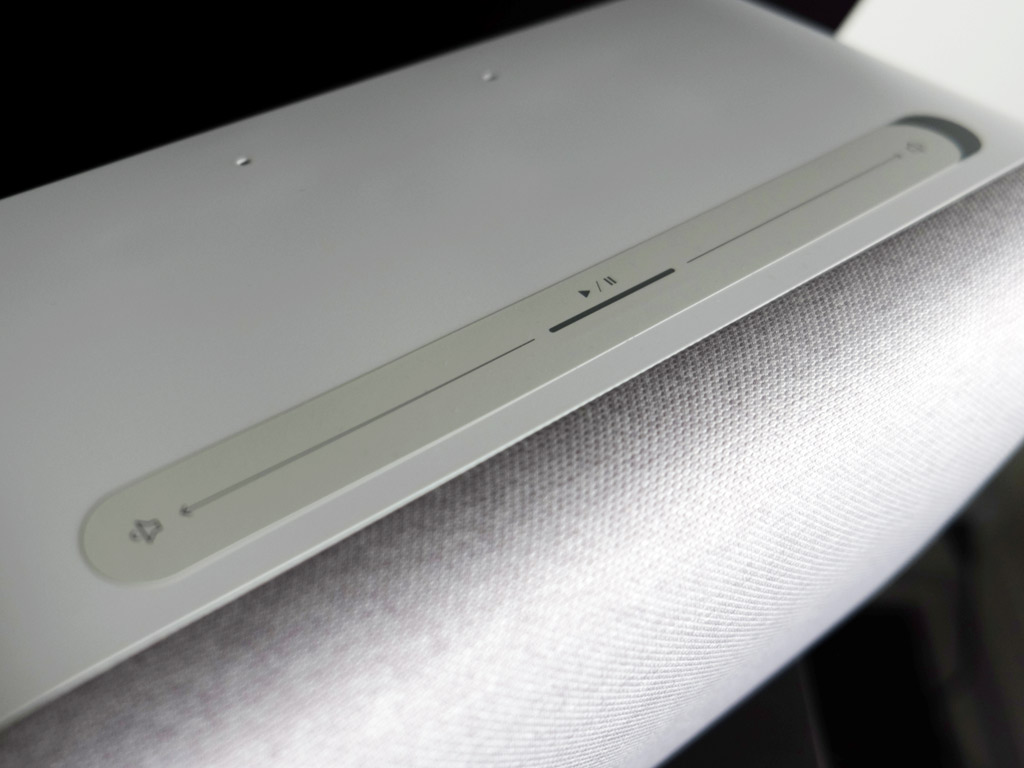
Command and control
From a vocal standpoint, requesting and controlling music is no different on the Home Max than it is on the other speakers. Whether it’s playing a song, setting an alarm, turning off lights, or asking about the weather and daily appointments, the experience was really no different. The only standout was the obvious change in audio quality.
I liked that I had more voice options to choose from, so that I didn’t have to stick to the default voice Google chooses out of the box.
The touch-sensitive controls at the top are neat, but finicky at times. The volume slider is a bit too sensitive, so I opted to just tell the speaker what volume level I wanted instead. A simple tap will pause or play, and skipping tracks is easy enough too. Again, though, I tended to just do those things using voice commands.
Like the other Home speakers, the Max is compatible with smart hubs, like Samsung SmartThings or Wink to expand support for other products. You can also experiment with IFTTT (If This Than That) to add some integrations and recipes.
Final thoughts
It was hard not to like the audio quality coming out of this speaker. It’s loud, it’s got plenty of bass, and the smart features work like a charm. It may not be the prettiest speaker I’ve seen, especially at the price point, but at least it’s neutral enough to fit anywhere. The size becomes more of a consideration at that point.
The Sonos One pairing I noted earlier won’t deliver the same level of bass, but it does offer a better soundstage. Pairing two Home Max speakers would be plenty loud, but also expensive.
Moreover, if you’re an Apple Music subscriber, you won’t get the benefit of the voice control. Google Play Music and Spotify subscribers derive the most benefit from that. Music is the primary purpose for going with this speaker. The voice controls are a great complement to that. Still, if you only wanted a smart speaker, one of the other Home units would do fine.

